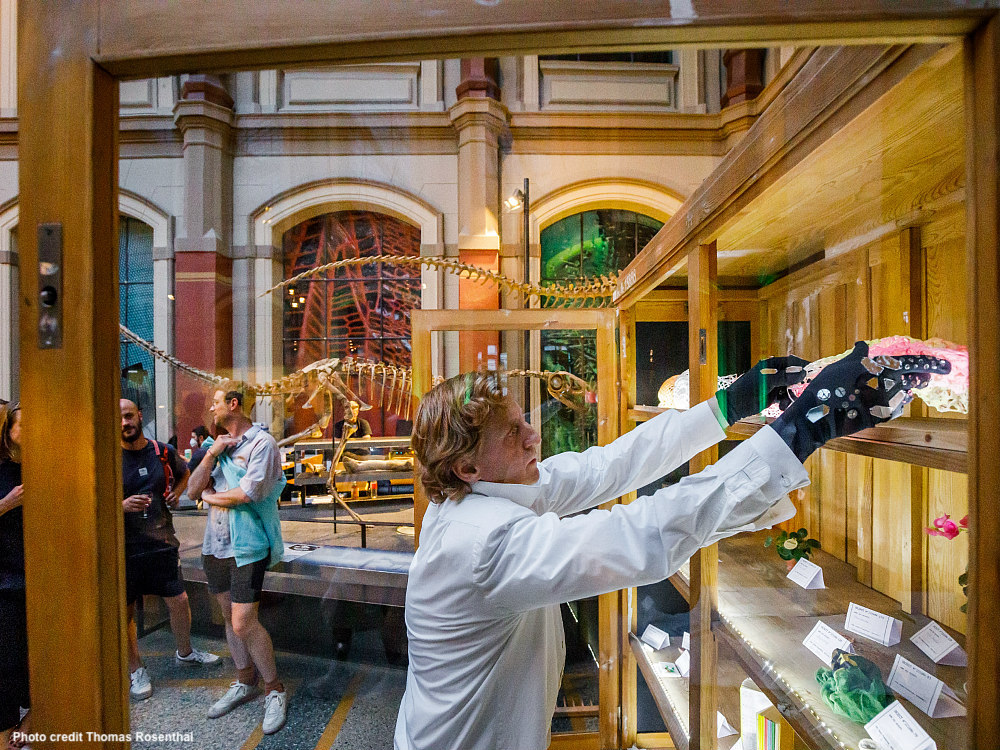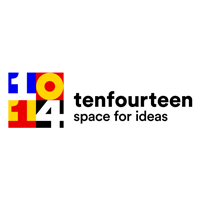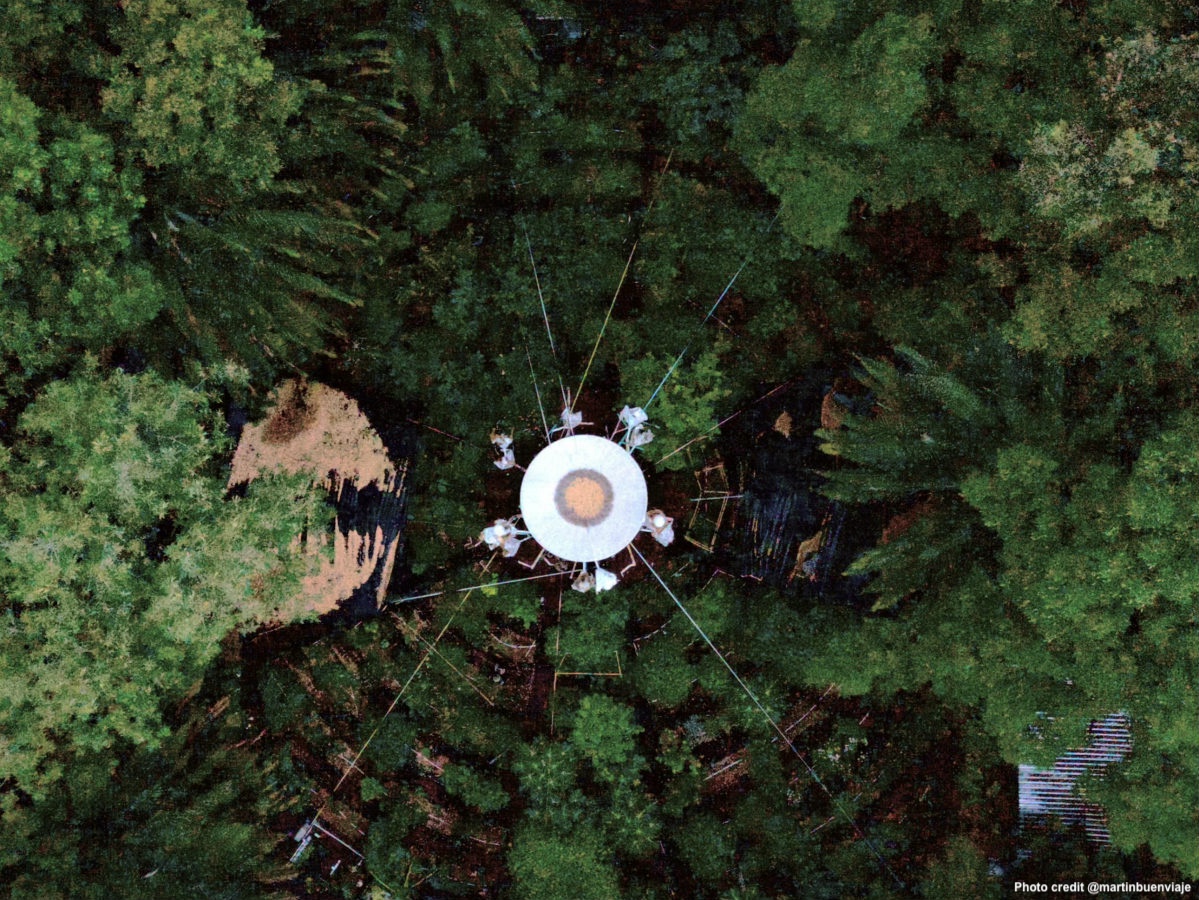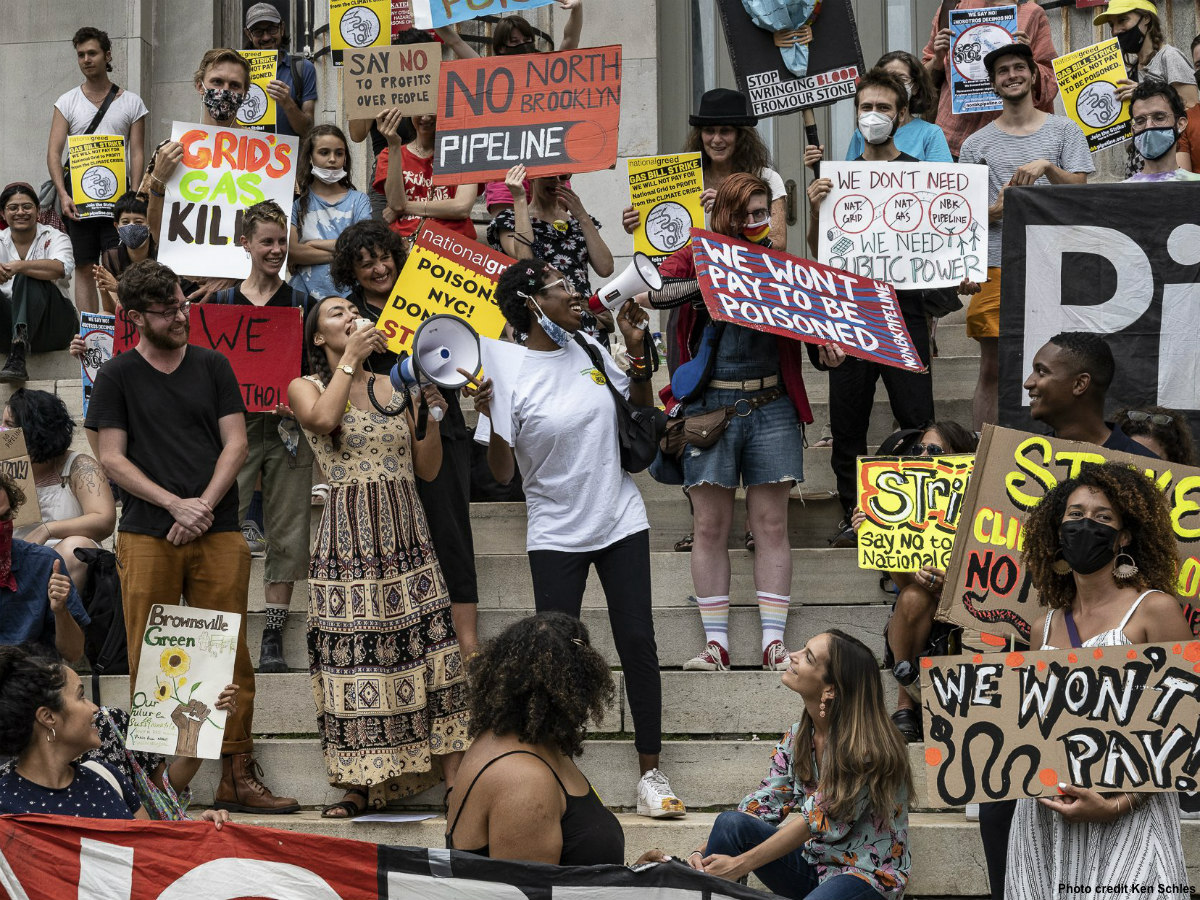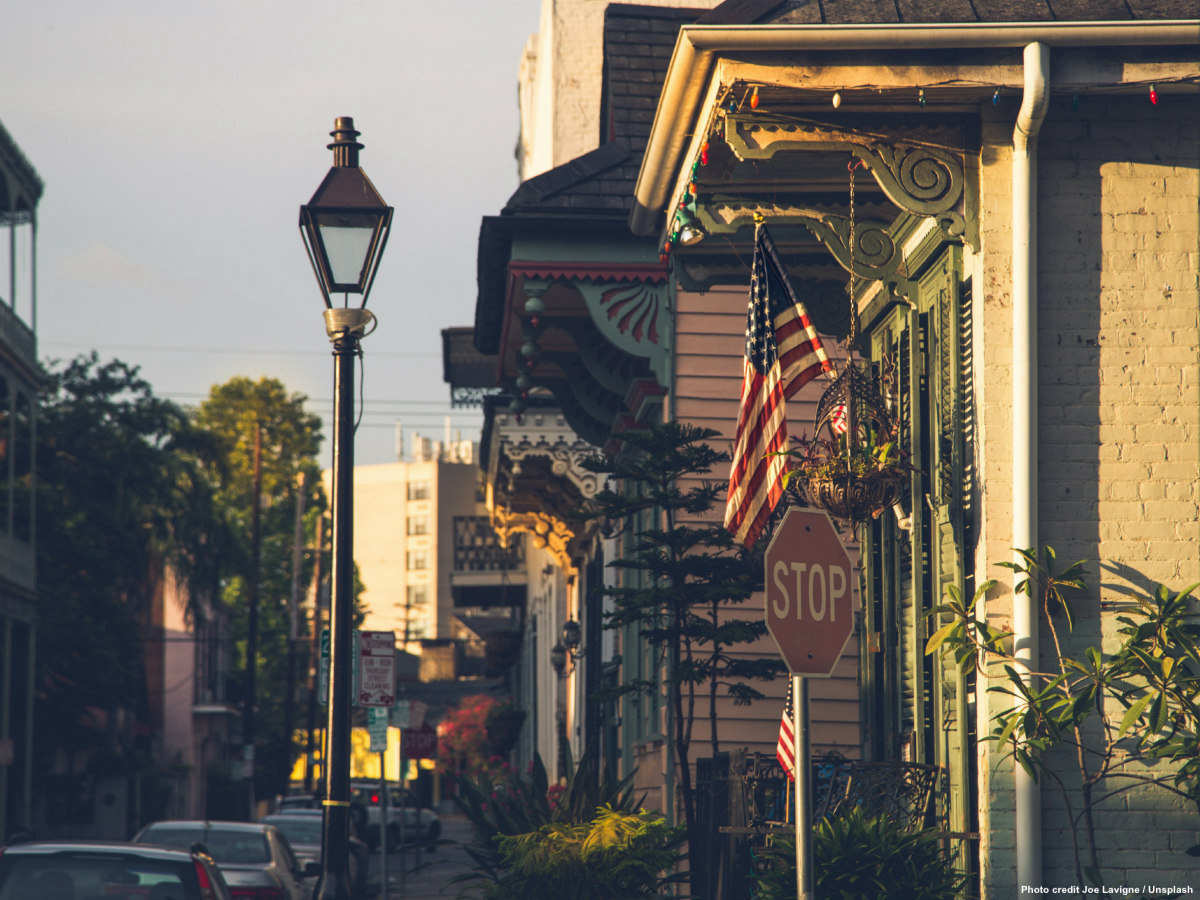It was about twenty two years ago when the word “Anthropocene” first entered popular use as scientists looked for a way to describe a new geologic era, one linked to the impact of humanity on natural development rather than asteroids or ice ages. As this impact is increasingly apparent — and its contribution to future instability increasingly urgent — two museums in Berlin and Paris are assuming a less purely scientific role on our changing environment to find new narratives that galvanise us to act.
“We can’t imagine our Earth without us,” said Elisabeth Heyne. She is co-head of the newly launched project Changing Natures. Collecting the Anthropocene Together at the Museum für Naturkunde Berlin in cooperation with Muséum national d’Histoire naturelle in Paris, together with co-head Frédérique Chlous from the French team. Imagery of burning rainforests, climate diagrams, tables of global CO2 emissions are powerful tools to understand the planetary power of humankind as a geological force. “But they can only help us to a limited degree to comprehend the shift in our relationship with nature,” Heyne added. “And, just as importantly, all these illustrations come without humans, although they all want to depict their fatal influence.”
Heyne and her team believe that local experiences of individuals linked to collective perceptions could help in finding better ways of understanding the Anthropocene. This explorative project takes on an innovative citizen-science museum’s approach to collecting, with an open, bottom-up call on people to share anthropocenic objects of their choice that tell personal stories of human-made transformations. Through the lens of subjective experiences regular people can illustrate museums and the scientific community on our changing environment and how the balance of power between humankind and nature has gone wrong with consequences such as the loss of biodiversity and more.
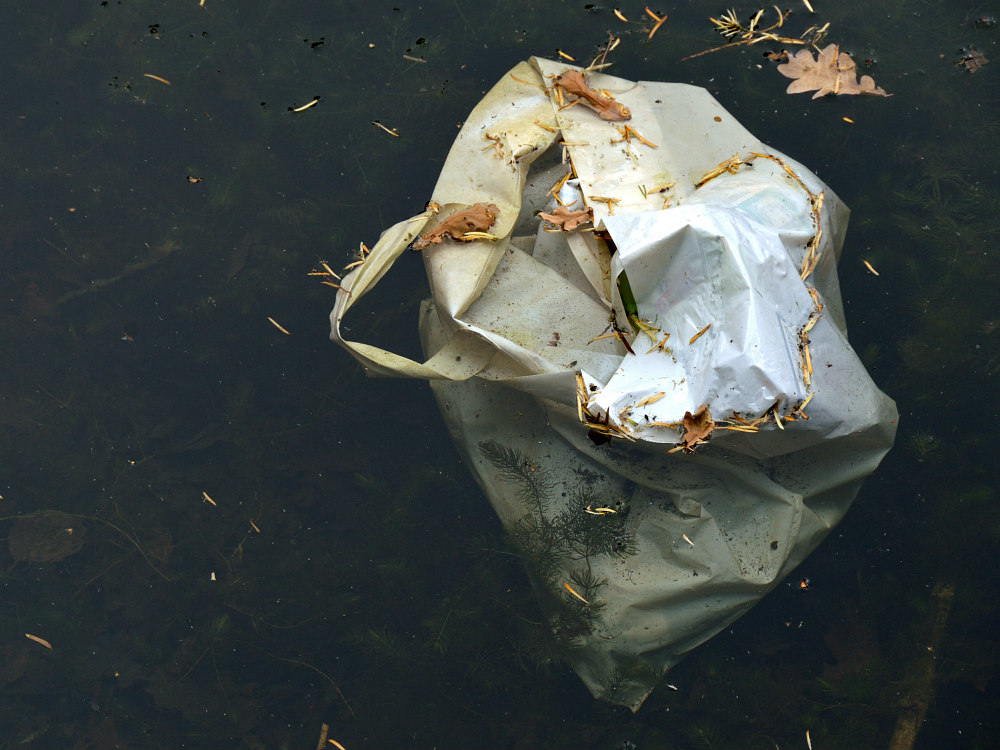
But what is an anthropocenic object? I asked Heyne. Concretely, the museums ask people to contribute to a virtual collection with an object that originates from the past, that has a personal connection to them and that tells a story about how our environment is changing. “This could be a photo, an audio file or a short video that can be uploaded on our platform.” But she admits that this definition comes with a lot of ambiguity because the perception of the Anthropocene can be different for everyone. Yet it depends, she said, on your sociocultural, personal or geographical context.
And, just as importantly, all these illustrations come without humans, although they all want to depict their fatal influence – Elisabeth Heyne
Objects can be very simple like a houseplant that one of the participants brought during the conceptual phase of the project. She explained that the plant comes from a cutting that her grandmother gave her a long time ago. She used this plant to tell the story of her family, because it was passed down from generation to generation and was able to regenerate itself again and again via offshoots. Her deeper research discovered that this plant called African Violet was first brought to Europe in the 19th century from what was then the colony of German East Africa.
A ski-boot, a shell, a gold chain. All tell personal stories of a changing environment that people contribute to the museum’s platform. Others brought them to the museum for the launch of the platform yesterday. Digitization stations and storytelling workshops facilitated an open exchange among participants about our entanglement in the Earth system, all under the artistic performance by FARN Kollektiv. Discussions on anthropocenic objects created crucial moments of reflection on European-centric biases and racist implications, also on the history of the Anthropocene itself.
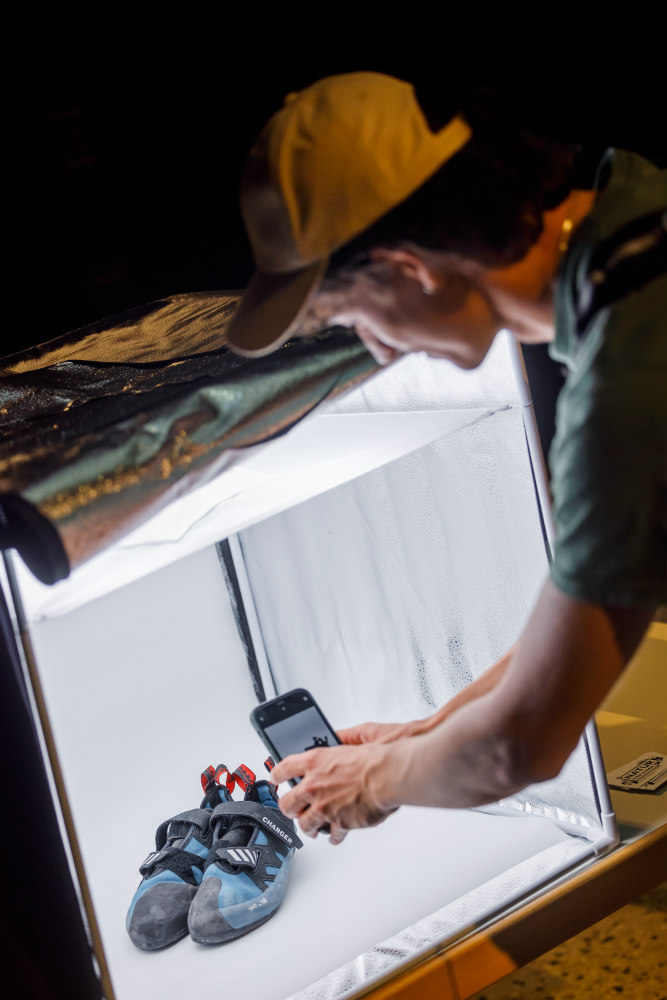
At the same time, Heyne explained that interactions among people regarding objects and personal stories can create moments of irritation as well because of our tendency to subconsciously make a distinction between nature and culture. It is the debate that can spark opportunities for action. While the African Violet is now a highly cultivated ordinary plant found in a lot of homes, for others this object is loaded with emotional ambivalences and tells stories about German colonialism, the colonial migration of plants, and how what we call “nature” today is created by a long cultural history.
Yet that distinction has always been blurred. Today’s perceptions of objects show that the Western nature-culture divide can no longer hold. But what does it mean for museums and other institutions if the distinction between natural and cultural heritage no longer fits in the age of a changing environment? Museums have been often seen as guardians of objects, but it is now the categorization of these objects that is questioned as a pure reflection of European knowledge orders. “Locating oneself in the Anthropocene means that we need to find new ways for the reorganisation of knowledge, writer and theorist McKenzie Wark stated,” explained Heyne. She concedes that “we need more radical transdisciplinary and openness in museums” if we are to disrupt people’s framed thinking towards a warming planet – and do something about it.
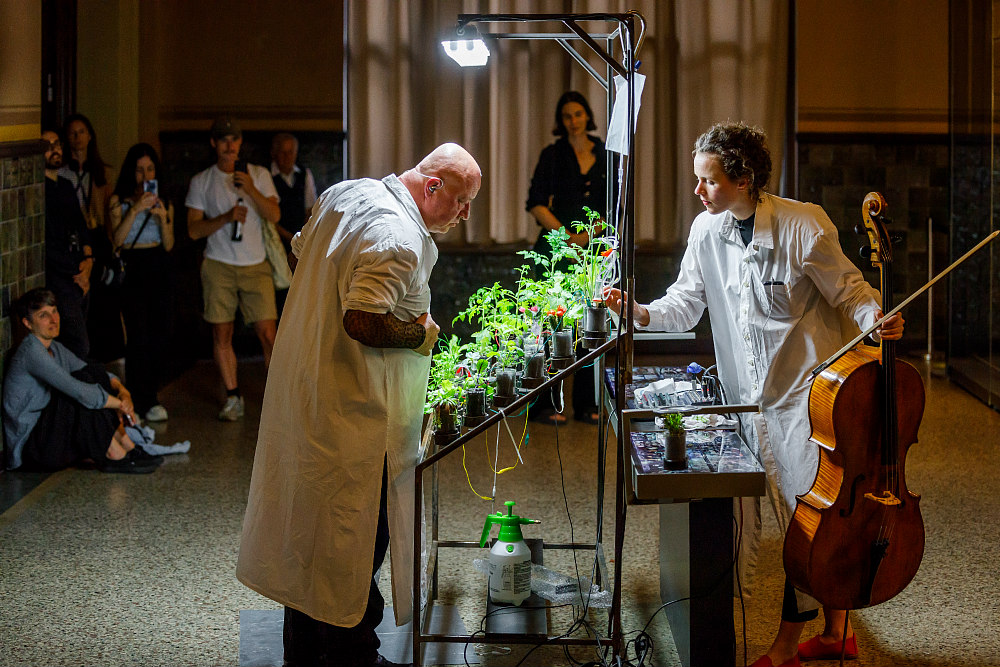
Moreover, museums can also help to establish new links between scientific disciplines, but above all between science, politics and society, so that a comprehensive transformation of knowledge production and potential for action is possible. At the same time, museums are trusted institutions and “we have to be careful to keep this trust while taking on a new role in society and politics.” As the platform Museums for Climate Action acknowledges “for many people they [museums] remain a trusted source of information, with the capacity to inspire real change in individuals and society.” And therefore museums have been called upon to include new approaches of hiring a diverse staff with different backgrounds, both from different scientific practices and, in particular, more diverse cultural contexts.
Heyne agrees that museums and archives need a dedicated ongoing self-reflection based on their historical development, collections and their connectedness to various political, economic and epistemic contexts, like the stories of those antropothenic objects have shown us in our workshops. Both museums in Berlin and Paris want to reflect on the main questions behind their experimental collections amid the future: What scientific approach do we need if we want to integrate multiple social and cultural dimensions in natural history collections? And how to create spaces for mutual learning in the face of the environmental challenges of the present? “For us both questions are connected to the idea of participatory collecting practices.”
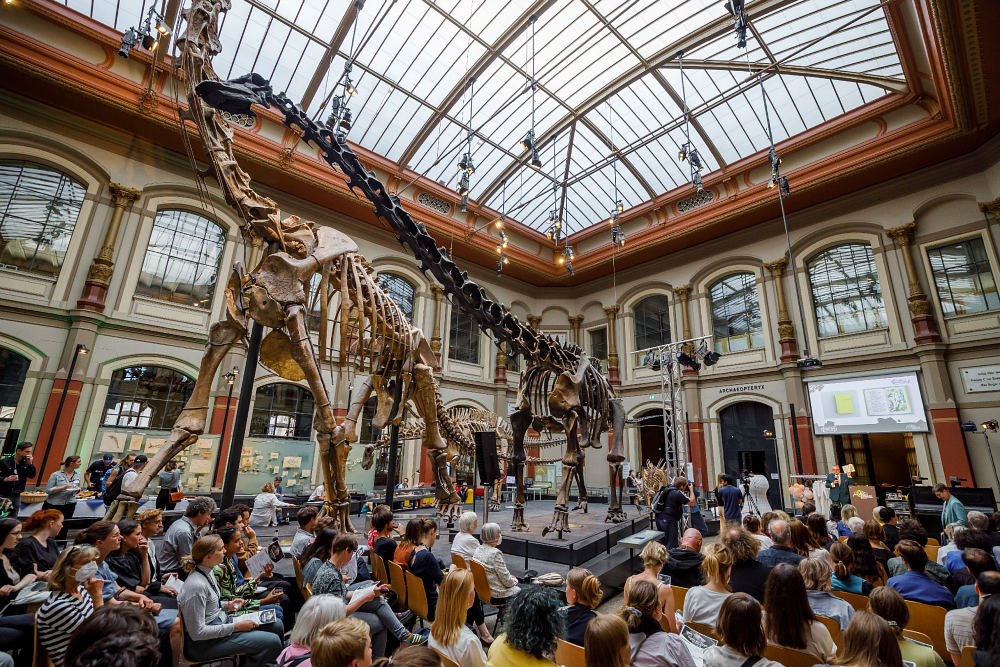
Firstly, Heyne and her team think that collecting is motivating for people. “We all have special connections to personal objects and telling the story behind these objects can help us explain how the world is changing. Collecting and (re)arranging objects allow us to perceive the interconnectedness of singular and collective experiences of nature, of the local and the global.”
Secondly, collecting practices can help humankind recover a past (and largely forgotten) environmental knowledge: memories of our past can be crucial in opening up future perspectives. “We argue for a strong connection between natural history collections and memory communities, giving new meaning to displaced local knowledge practices, crucial for knowledge production in the Anthropocene.”
We need more radical transdisciplinary and openness in museums – Elisabeth Heyne
Finally, both museums believe that the public does not only need free circulation of objects (this is why they chose to collect digitally), but also free circulation of knowledge connected to these objects. “Instead of creating a grand theory, we argue for polyphonic storytelling and the integration of perspectives ‘from below’. This would leave more room for subjective representations and critical reflections within individual societies but also beyond European and Western contexts.”
This week I was pleased to discover the book Literature for a Changing Planet by Harvard University professor Martin Puchner about “Why we must learn to tell new stories about our relationship with the Earth if we are to avoid climate catastrophe.” The stories from the past of many anthropocenic objects told by ordinary people could have the same effect “to draw vital lessons about how we put ourselves on the path of climate change—and how we might change paths before it’s too late,” reckons Puchner’s book.
Buy that argument or not, curating a collection with the help of people and their ‘nostalgic’ storytelling could build a compelling case for action. Behind those objects there are powerful stories that we tell among ourselves — not just for museums to learn, but also as a way of exploring how people structure their world in a changing environment. And, as Heyne said, “use more effectively the societal potential of this knowledge for the future.”
